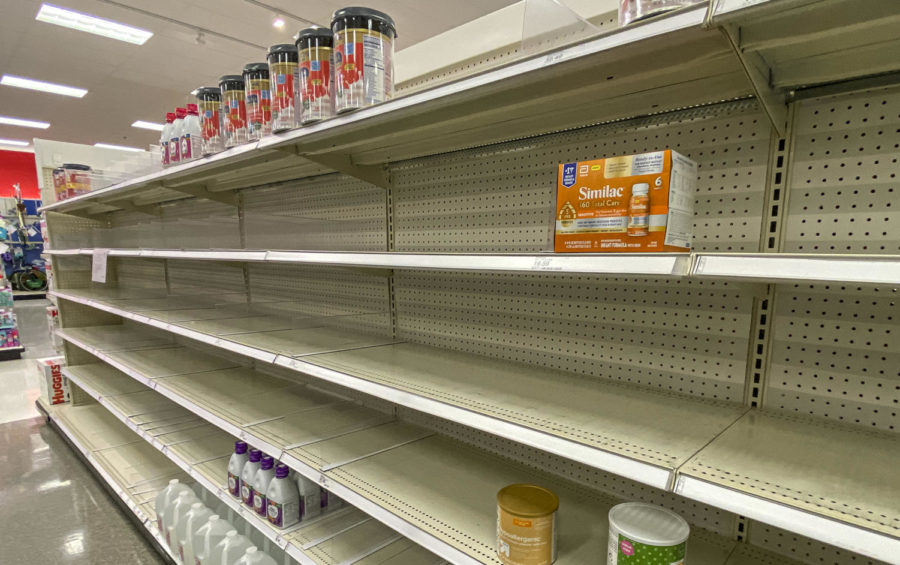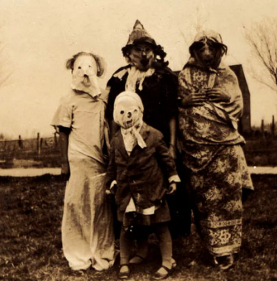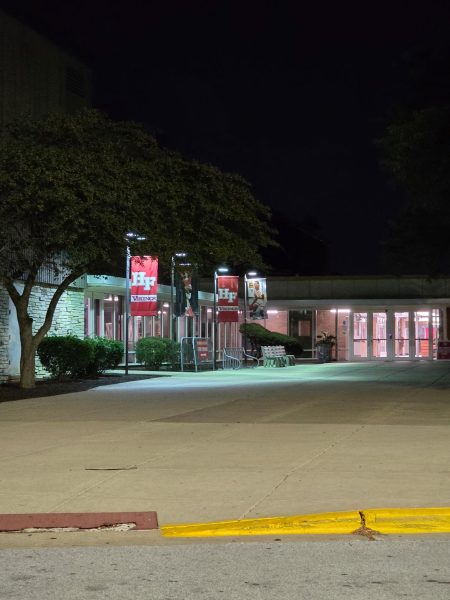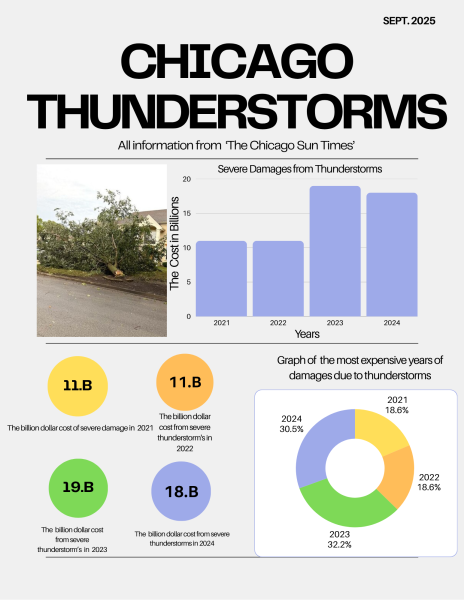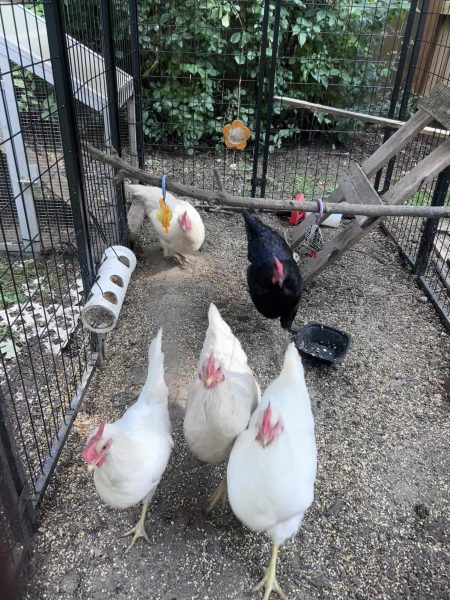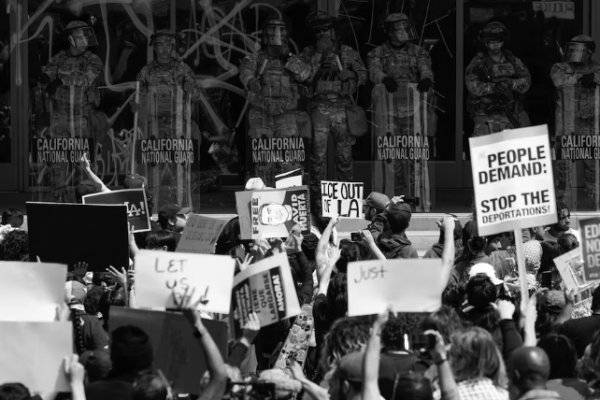Formula For Disaster? Baby Formula Shortage Taking America By Storm
Empty shelves in the baby formula aisle of a store in Albany, California
If you were to go to your local grocery store or supermarket in search of baby supplies, you would notice a certain aisle wiped completely clean. Across from the mashed peas and jarred sweet potatoes are several empty shelves where baby formula should be. You might even notice that the shelves have been this way since early this year.
In February, a recall by the Abbott Nutritional Facility led the FDA to temporarily shut down the plant. The recall was called due to unsanitary conditions and contaminated formula that may have led to the death of two infants, and the hospitalization of two other infants.
In early June the Abbott plant reopened under strict FDA supervision but shut down again on June 15 due to severe rain and flooding.
Ever since the original shutdown in February, more than 43% of baby formula was out of stock causing families all across the country to be extremely limited on the type and quantities of formula they can purchase.
So how did the shutdown of one plant cause a nationwide shutdown on such an important necessity? The answer is really quite simple.
The market for baby formula is run in a sort of monopoly, meaning the government only allows certain companies to sell baby formula in the US. Out of all the brands of baby formula across the world, only Abbott Nutrition, Mead Johnson Nutrition, Nestle USA, and Perrigo Company are approved by the government to sell the formula to Americans.
To put it simply, imagine Nike, Adidas, Converse, and Vans were the only companies that could legally sell shoes, and Nike shut down production for eight months.
Now imagine you needed new shoes as soon as possible, and the only shoes you wear are the Nike brand. When you enter the shoe aisle, you see that the shelves are completely rid of Nike shoes. You make the difficult decision to purchase shoes from your second favorite brand, Adidas, but there are no Adidas shoes either since everyone else needed shoes too, and Adidas was the next best choice.
There are a few Vans and Converse left on the shelf, but the Converse shoes aren’t in your size and Vans hurt your feet.
This is what households all across America are going through, but at a much higher cost.
Staying with our metaphor, imagine Abbott Nutrition is Nike, Mead Johnson Nutrition is Adidas, and Vans and Converse represent Nestle and Perrigo. Families who prefer Similac are turning to Enfamil instead, causing both brands to be almost entirely out of stock.
As the year continues, small amounts of formula are becoming available again, but are unattainable for the low-income families that may need formula the most.
As of October, a three-pack of Similac formula retails for $147, which only cost around $120 prior to the shortage.
This is a huge problem since families that need formula the most are often low-income families. So essentially, if you can’t breastfeed and aren’t rich, you can no longer afford to feed your baby.
The price hikes are also greatly affecting families who use baby formula to feed children who get their nutrients from baby formula via a feeding tube.
Kids (and even some adults) with conditions like phenylketonuria ( a rare inherited disorder that causes an amino acid called phenylalanine to build up in the body) or cystic fibrosis also rely on formula to gain nutrients that they can’t access through regular food. The price increase on formula, as well as the hospital bills that families have to pay due to the effects that the lack of formula is having on their children, puts the price of life at an unattainable cost.
So what can you do to help families in need? Unfortunately, there aren’t any true ways that you as one person can stop the shortage. If you have younger siblings at home and formula to spare, you should try to donate any extra formula to a family in need, and you might just save a life.

